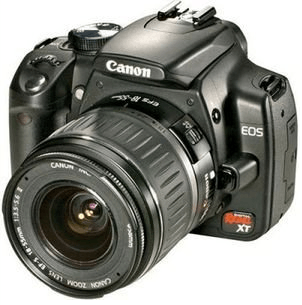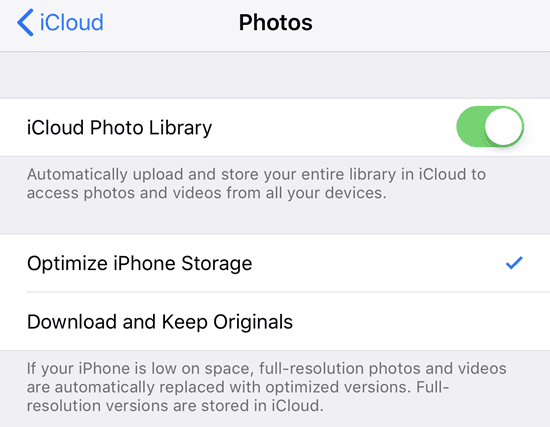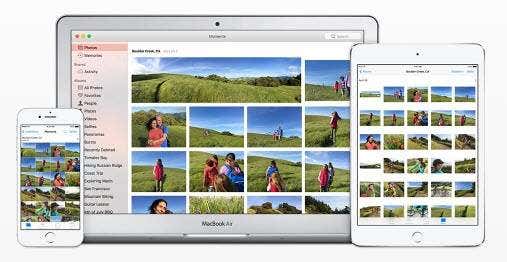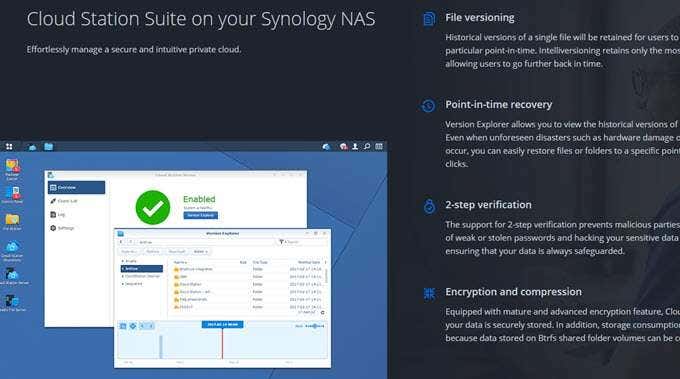How To Upload Pictures And Save Them
Recently, I had some friends over and they were telling me about how they store all of their photos and videos on their computer or phone and don't even make regular local backups to USB disks or external hard drives. This is definitely risky, which is why I consider information technology essential to keep a set of all your pictures and videos online in the cloud.
Uploading photos to the cloud has a couple of advantages over storing them all locally:
1. You can easily share the albums with others
ii. You tin can access the photos and videos at any time and unremarkably on other devices equally long as y'all have an Internet connection
three. Y'all have a backup of all your photos in case something happens to your local copy
I always have a local copy of my pictures and then take several copies stored in the cloud. Depending on what services you currently use, the best solution may be unlike for different people. In this article, I'll endeavour to cover some of the main means to store your photos and videos in the cloud.

Before we become into details, I wanted to talk about the source for all these photos and videos. In my case, there are basically three ways I accept photos:
1. From my smartphone
2. From my digital SLR photographic camera
3. From my digital point-and-shoot photographic camera
Photos and Videos from Smartphones
Storing photos and videos y'all take from a smartphone in the cloud is pretty directly-forwards and at that place are a lot of options. For Android or iOS devices, you can employ a multifariousness of apps or born features to upload your photos and videos to the cloud, normally automatically.
Apple has iCloud Photo Library and it works fairly well most of the time. I've been using information technology for several years now and haven't meet any major issues. All y'all have to practice is buy some extra iCloud storage and your media will be uploaded automatically in one case the characteristic is enabled.

For non-Apple users, there are quite a few options. The almost popular choices here are Google Photos, Dropbox, OneDrive or Flickr. The Google Photos app is my favorite and I utilise information technology in addition to purchasing iCloud storage.
If you don't employ Google Photos or Picasa , etc., you can as well use Dropbox. Dropbox is a service that basically lets you easily "drop" files into a bucket that is then available on any device or computer you lot take Dropbox installed on. And Dropbox has an app for every platform out there, including Linux, Blackberry, Kindle Fire, etc.
Dropbox too has an automated upload feature called Camera Upload, which does the verbal aforementioned thing as the Google Photos app. Any picture you lot accept volition be automatically uploaded to your Dropbox account when you open up the app. OneDrive too works in the same style.
So these apps can basically accept care of all your photos from whatsoever smartphone you own. They piece of work on tablets, smartphones, desktops and on many other devices as well.
If you lot install the desktop programme on your Mac or PC, information technology volition and so automatically sync all those photos and videos to the figurer too, so y'all have an extra backup on your difficult drive just in case.
There are other apps like Facebook, but it doesn't support automatic uploading of photos and videos. Still, I practise upload photos to Facebook all the time, but I utilize Google Photos and Dropbox to store all my photos whereas I upload only a few good ones to Facebook. Facebook is non setup to be used every bit a backup of all your photos and videos.
Photos and Videos from Digital Cameras
Getting photos from your digital camera to the cloud is a little different, just not very complicated either. You pretty much have nonetheless options as mentioned above. The only issue with SLRs is that the files can be huge, especially for things like 4K video.
If you have a high-speed Internet connection that isn't metered, and then you tin can but drib all the files into one of your cloud synced folders and everything will be uploaded. If you are in the Apple ecosystem, you will need to use the Photos app in Os X to import the media into your iCloud Photo Library. However, large video files volition quickly eat upwards your storage space.

The best option for large RAW images and super high definition video is external or network storage that is attached locally. I previously wrote about setting up your ain deject storage using a NAS device. With this setup, you don't have to upload anything, simply yous can admission your media from anywhere.

Personally, I have found that using some of these services in combination works out best. On my phone, I apply Google Photos and iCloud Photograph Library to upload my photos and videos.
For RAW images and 4K footage from my digital cameras, I normally backup to a large external hard drive and fill-in to my Synology NAS device. Nevertheless, both of these copies are local and I would lose everything if the house burned down. To counter that, I setup an Amazon AWS account and backed up the actually huge files to Amazon Glacier, which is actually inexpensive. I have over 2 TB of data stored in that location and merely pay like $10 a calendar month. It'south worth it for me.
The other useful feature of a service like Amazon Glacier is that you can save several terabytes of data onto an external hard drive and ship it to Amazon. They will copy the information to their server locally, which prevents you from having to upload all that data over your home Internet connectedness.
Overall, information technology's a good idea to store your photos and videos in the deject along with having a local backup copy. If yous still are confused virtually something or demand whatsoever other help, feel free to post a comment and I'll effort to help. Savour!
Exercise non share my Personal Information.
Source: https://www.online-tech-tips.com/computer-tips/how-to-store-all-your-photos-in-the-cloud/
Posted by: herrerarialf1948.blogspot.com

0 Response to "How To Upload Pictures And Save Them"
Post a Comment